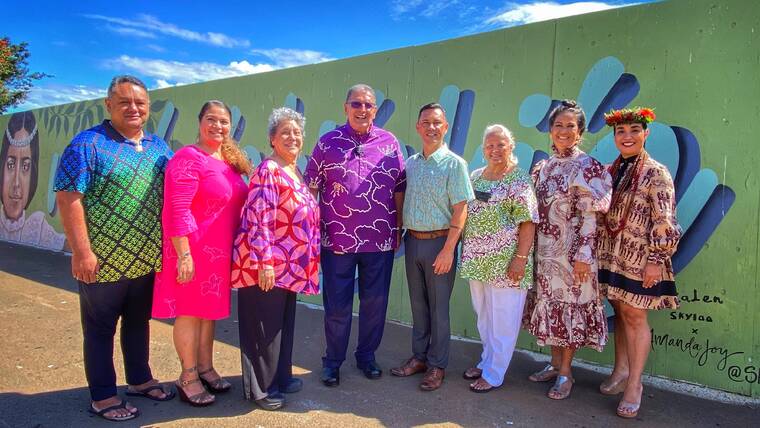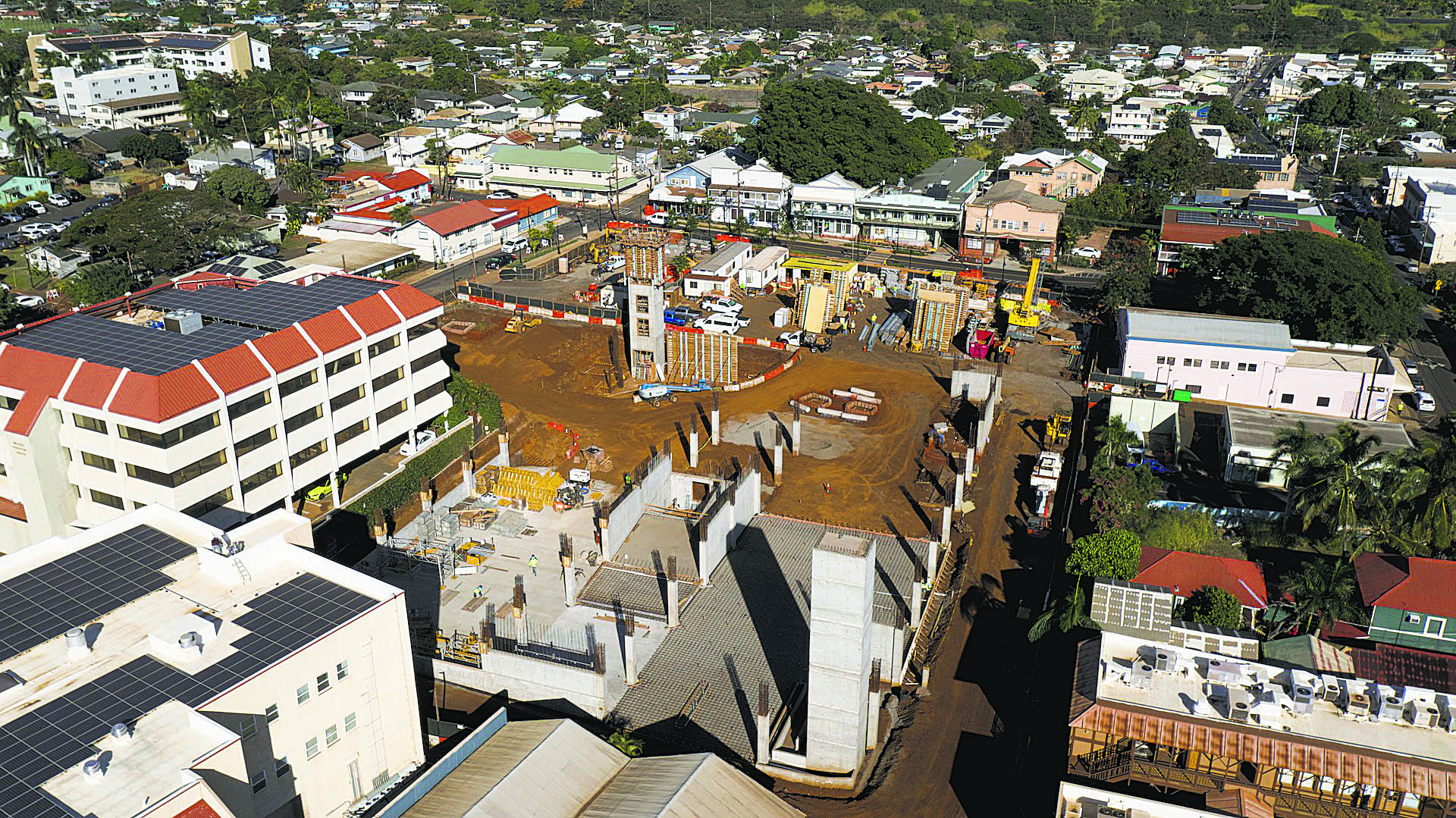For several decades, Cody Pueo Pata said, many fellow kumu hula have struggled to find homes for their halau. Some rotate their practices among parks, school cafeterias and family members’ garages, often rushing home from their day jobs to grab supplies for class. He said some kumu hula also work two to three jobs to support their halau and kuleana to uphold the beloved tradition.
But Pata and kumu hula Hokulani Holt said that needs to change. They are part of a group of kumu hula that is working with Maui County officials on a proposal to build a hula cultural center in Wailuku. They say it’s a much-needed community resource that would help to address the long- standing concerns of many kumu hula that the practice is underresourced.
“Focusing on hula and all of the arts that are connected to it has been an important part of our Hawaii community forever,” said Holt, kumu hula of Pa‘u o Hi‘iaka. “A center like this has always been important. A place like this is long overdue.”
Maui County Mayor Michael Victorino recently announced a proposal to build the 36,000-square-foot facility in Wailuku town at the corner of Church and Vineyard streets. Victorino told the Honolulu Star-Advertiser that he plans to include a request for half of the estimated $53 million needed for the facility in this fiscal year’s budget, which would need County Council approval.
If approved, the project could break ground in 2024 or 2025 and be completed by 2027, Victorino said. It would be considered the first government-funded hula center in Hawaii.
“Every journey starts with a first step. This is the first step,” he said. “The Hawaiian people should be recognized for all of their traditions and values, which is so what Hawaii is all about. It’s to honor our host culture.”
Pata, kumu hula of Halau Hula ‘o ka Malama Mahilani, said the conceptual plan calls for three floors and an outdoor area, which would have plants and foliage that halau can use to make lei and other adornments. He said they envision the first floor to be used for retail space by cultural practitioners, which would help to generate revenue to run the center. The second and third floors would feature rehearsal space, which could be big enough to accommodate the size of the Merrie Monarch Festival and the Queen Lili‘uokalani Keiki Hula stages, as well as a commercial kitchen, showers, bathrooms and performance areas.
Because many halau practice at night, Pata, who is working with Holt and eight other Maui kumu hula on the plan with county officials, said those spaces could be used during the day by other cultural practitioners for workshops, school events and kupuna programs. He said they would like to name the center Halau of ‘Oiwi Art, which would be a home for hula and all of the other Hawaiian cultural practices tied to it.
Shortened to the acronym HOA, which in Hawaiian means to bind together, Pata said it would represent the different hula lineages coming together in one space.
The proposal comes after Pata, Holt and about 200 kumu hula convened an inaugural convention in August and ratified a first-of-its-kind declaration that outlines a call to action to county, state and federal governments and businesses to fund hula, as well as a vision of what they hope to see moving forward.
The 17-page Huamakahikina Declaration on the Integrity, Stewardship and Protection of Hula Opens in a new tab, released in September, details the basic tenets of hula and the group’s collective concerns that the traditions are being misused and culturally appropriated. In November the Maui County Council approved a resolution supporting the Huamakahikina declaration.
———
Jayna Omaye covers ethnic and cultural affairs and is a corps member of Report for America, a national service organization that places journalists in local newsrooms to report on undercovered issues and communities.




